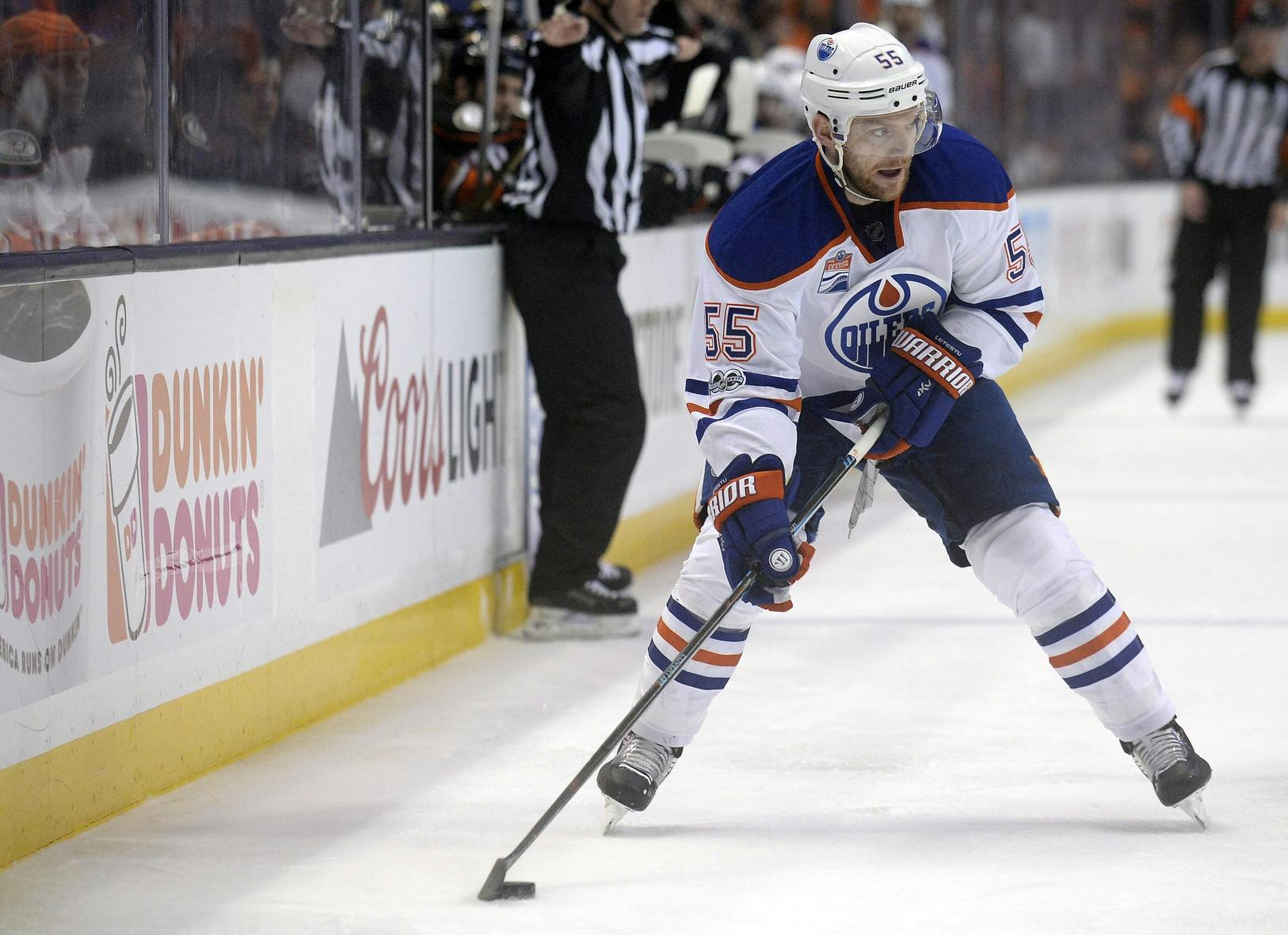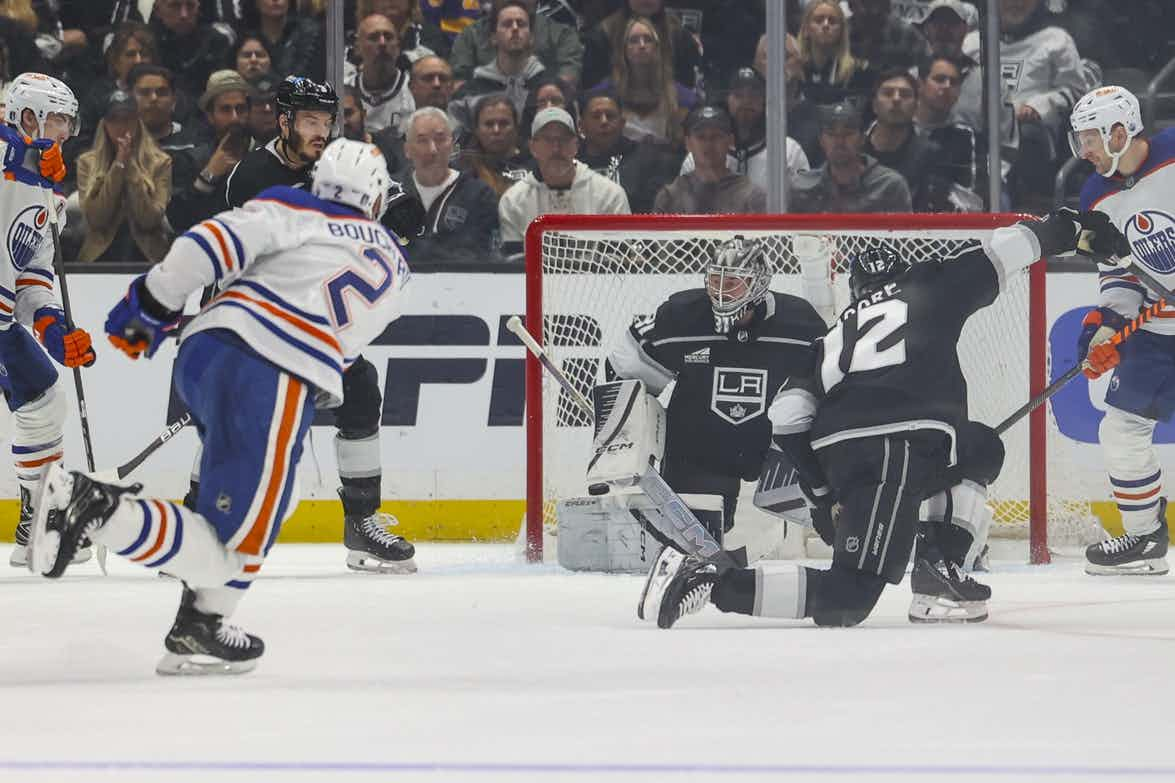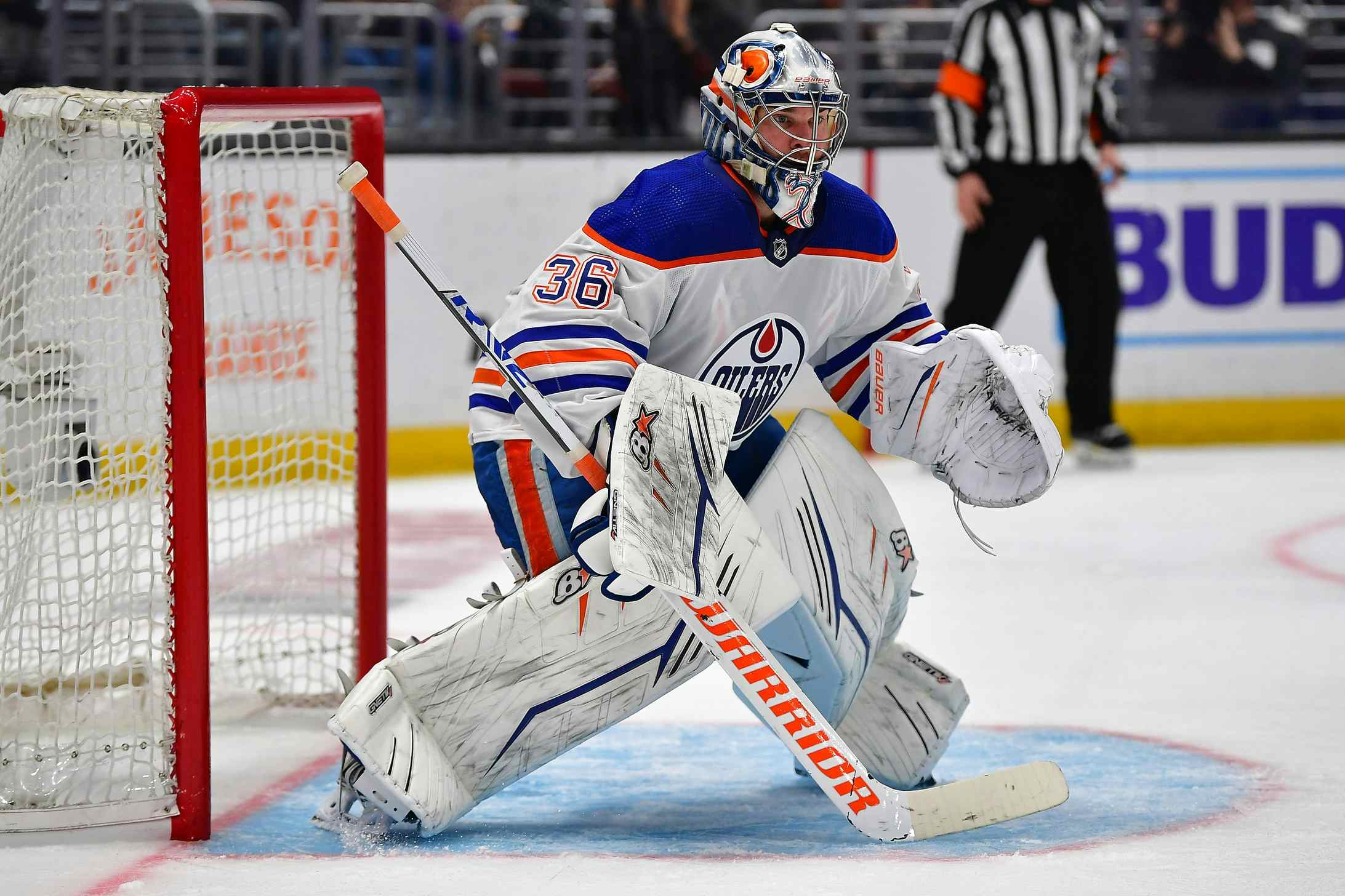Mark Letestu is the world’s most interesting fourth-line centre

2016-17 Edmonton Oilers: No. 55 C Mark Letestu
It’s perhaps easiest to think of Mark Letestu less as a hockey player and more as a combination of oddly useful specializations. There are a bunch of players scattered around the league that I’d take over Letestu on a random 5-on-5 shift. But an NHL game is not divided solely into 5-on-5 shifts, and Letestu has made a career out of handling all of the other little jobs a coach might potentially ask him to take on.
Talking about Letestu’s power play prowess used to be fun, even as recently as last season, because so many still failed to realize how useful he was in the discipline. For example, at the end of 2015-16 when this site pointed to Letestu’s extreme utility on the man advantage (based on 5-on-4 points/hour) it got comments like this one:

Note the ratio of trashes to cheers. The idea that Letestu was a depth guy unsuited to serious power play work was the conventional wisdom, even among readers on this website, who had just had a full season to watch him performing well on the Oilers’ second unit.
In fact, in December when Letestu scored two power play goals in one night after being elevated to the top unit in place of the slumping Jordan Eberle, the Edmonton Journal’s Jim Matheson was able to write that “people were gobsmacked that Letestu was on the first power play unit.” He then, correctly, pointed out that Letestu had always been useful as a right-shooting finisher/faceoff man on the man advantage. In fact, between 2012 and 2016, Letestu was a more efficient power play scorer than a long list of high-end NHL stars.
Playing with Connor McDavid obviously doesn’t hurt, but Letestu is in that job on merit, and his own skill along with the relative rarity of both right shots and good faceoff men mean he stands a good chance of holding it for a while.
Letestu’s ability in the faceoff circle obviously makes him useful in other assignments, too.
One of those assignments is as the Oilers designated defensive zone faceoff man. Letestu took 488 defensive zone draws last season; only one other forward on the team (the left-shooting Ryan Nugent-Hopkins) topped 300. The left-shot/right-shot difference also matters in the faceoff circle, especially in the defensive zone where the defending team would really like to win the puck to a specific side of the ice.
Letestu also won 80 shorthanded faceoffs, more than twice as many as any other player on the team. His shorthanded win percentage was an excellent-for-Edmonton 46.2 percent (penalty killers lose more faceoffs than they win, reflective of the fact that to some extent a faceoff win is a team statistic).
As for the rest of his work on the penalty kill, there is at least some reason for concern. Letestu was the Oilers’ most-used penalty-killing forward last season; his 166 minutes shorthanded made him one of only two Oilers to top the 100-minute mark (Nugent-Hopkins was the other). Edmonton wasn’t a particularly good penalty killing team, though, ranking 17th in the NHL and slumping badly down the stretch. Letestu played a key role in that slump:
Mark Letestu, the team’s most-used forward, sticks out. I don’t know if he’s overworked or has a nagging injury or what’s happening, but Edmonton has gone from allowing 52 shots per hour with him on the ice to 79 since January 1. Unsurprisingly, the team’s goals-against rate has more than doubled, too. Given his importance to the PK, this is catastrophic, and if he can’t figure things out he’ll need to have his role reduced in the postseason.
Letestu ended the year with the worst shots against/hour and goals against/hour of any Oilers forward on the penalty kill. I don’t trust those numbers totally – we’re not allowing for role on the PK at all – but they don’t indicate good things happening. It’s also interesting that the Oilers penalty kill improved in the playoffs, when Letestu was bumped behind Nugent-Hopkins and Benoit Pouliot on the PK rotation.
There’s also an important point to be raised with respect to Letestu’s even-strength usage. While he did start an absurd number of shifts in the defensive zone, in another important way he had things easier, playing against low-end opponents. As my friend Bruce McCurdy points out in his fine profile of the centre, Letestu was kept away from opposition top lines.
McCurdy also notes that, in addition to everything else, Letestu led the Oilers with four shootout goals and draws an interesting line from that to a move Edmonton made this summer:
Indeed, one could make the case that it was an old centre rather than some young winger who cost Jordan Eberle his job in Edmonton, as Letestu effectively took over the younger man’s role as both a first-unit PP sniper and as an automatic shootout choice.
That’s a fun thought, and a defensible one, though Eberle remains a vastly superior player to Letestu at even-strength. But with Letestu taking on two normally hard-to-fill jobs that Eberle had previously covered, he certainly made it easier for the Oilers to deal Eberle to New York this summer.
Bottom line: Letestu has some weaknesses as a 5-on-5 player, and may be due for a reduction in role on the penalty kill. Having said that, his $1.8 million cap hit still represents incredible value for a top power play, faceoff and shootout specialist, and that value will increase even more if he can recapture his past form as a top penalty killer, too.
Previous year-end reviews:
- Centre: Leon Draisaitl, Drake Caggiula, David Desharnais, Anton Lander
- Left Wing: Milan Lucic, Patrick Maroon, Matt Hendricks, Jujhar Khaira
- Right Wing: Jordan Eberle, Zack Kassian, Tyler Pitlick, Iiro Pakarinen
- Left Defence: Andrej Sekera, Darnell Nurse, Griffin Reinhart
- Right Defence: Adam Larsson, Kris Russell, Mark Fayne
- Goal: Cam Talbot, Laurent Brossoit, Jonas Gustavsson
Recent articles from Jonathan Willis





